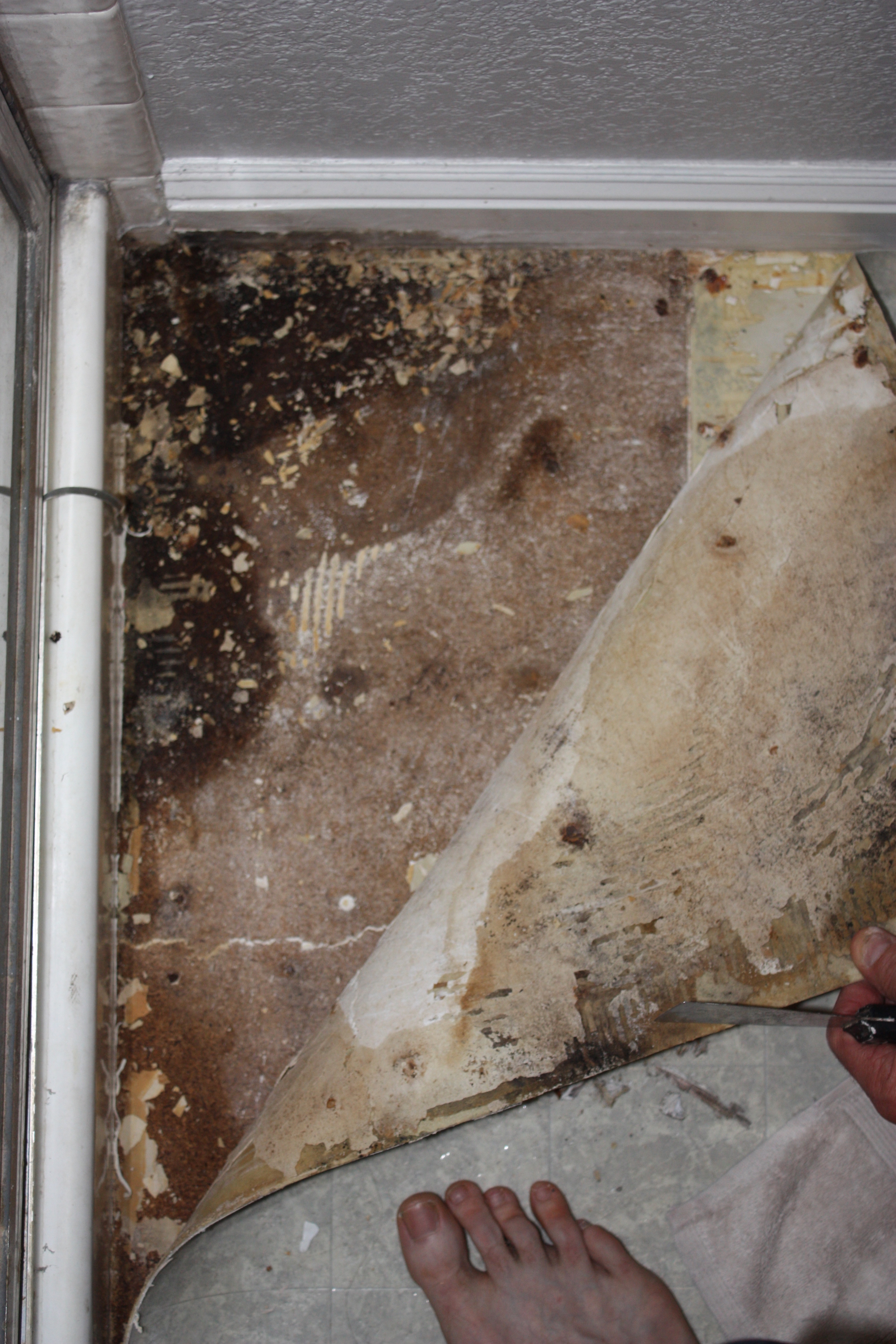How to Stop Bathroom Water Damage
How to Stop Bathroom Water Damage
Blog Article
Each person will have their own unique perception involving How to Repair and Prevent Bathroom Water Damage.

The shower room is very vulnerable for damp build-up and also potential water damage as a result of the frequent use of water in it. This post supplies straightforward inspection techniques to help finding water damage hazards.
The regular use water in the restroom makes it very at risk for wet accumulation as well as possible water damages. By evaluating it regularly, you can decrease water relevant problems.
The following collection of evaluations is easy to do and also must be done once in every three months in order to maintain your bathroom in good shape as well as to stop potential water damages triggered by the bath tub, the shower, pipeline joints and plumbing, sinks, closets, as well as the toilet
Do not overlook carrying out these assessments and also be detailed while executing them. Keep in mind that these simple inspections can conserve you a great deal of money by supplying very early indicators for water damage
Tub as well as Shower
The shower and bathtub require special focus and maintenance. Examine the floor tiles as well as replace if broken. Ensure that there is no missing cement in between the ceramic tiles. Examine and change fractured caulking at joints where the wall surfaces meet the flooring or the bath tub. Obstructed drains pipes and pipelines troubles will certainly protect against the bath tub from drying out as well as may indicate serious problems beneath the bath tub. Talk to an expert instantly to prevent architectural damages. Take note of stainings or soft locations around the tub walls as they might suggest an internal leakage.
Plumbing
Signs for water damages are hard to identify considering that many pipelines are set up inside the walls.
Pay unique interest to flooring and also wall surfaces wetness and also spots as they may suggest an invisible plumbing trouble. Check moisture degrees in adjoining areas as well.
Sinks and Cabinets
Sinks and also cupboards are revealed to wetness and also humidity day-to-day as well as are frequently forgotten. Examine regularly under the sink as well as on the countertop over it. Repair any kind of drip in the trap as it might suggest drainpipe problems. Browse the sink, slow-moving draining pipes might suggest an obstructed drain. Change sink seals if they are broken or loosened.
The Commode
The bathroom is a vulnerable water joint. Check the water lines as well as look for leakages around the toilet seat, in the tube, and under the water container. If you spot any type of indicators of dampness on the floor around the bathroom, look for leaks in the toilet edge and tank seals.
Know that hanging commode bowl deodorants raises the chances for blockages.
Water Damage Signs In The Bathroom To Avoid Cleanup
Musty smell
This is one of the easiest signs to catch because musty smells are so odorous. The damp, earthy, moldy smell should be a big red flag. The smell will develop when moisture gets trapped in surfaces, and begins to facilitate mold growth. Leaking pipes under cabinets, inside walls, and behind shower fixtures will cause moisture to stay trapped and not dry, which will lead to mold growth and spread. As soon as you notice any musty smells in your bathroom, have it checked for hidden water damage and cleanup signs.
Visible mold
If the smell isn’t there to give it away, sometimes you will actually see mold growth. Finding mold in your bathroom is a serious problem, because mold is very harmful to your health. By the time mold growth is visible, it also means that water damage has already occurred and been present for some time. The only way the mold problem can be resolved is to find the source of the moisture and get it stopped. To safely and adequately remove mold, you need to have professionals handle the remediation. Do not waste any time in getting mold problems addressed, fixed, and sanitized so that you can protect you and your family from the many respiratory symptoms caused by mold exposure.
Damaged floors
Bathroom floors should be able to withstand some exposure to water while still remaining in good condition. However, when excess exposure or water leaks occur, they will begin to damage even the most water-resistant flooring. If you notice any cracking, bubbling, staining, or warping on your bathroom floors, there is probably a water leak somewhere causing the distortion. If you notice areas of the floor have become softer, or even have a spongy feeling, there is probably damage to the subfloor. Subflooring is typically made up of plywood. When plywood is exposed to water or moisture, it will absorb it. Once it has become saturated, the weight of the excess water will cause the wood to swell and soften. Check the floors in your bathroom frequently to catch any of these sings before they lead to damaged subflooring.
Changes on walls
When water leaks behind walls, it will cause changes in the drywall. Peeling plaster, blistering paint, and soggy wallpaper are all good indicators that excess water is building up behind the wall. Water leaking behind drywall will cause it to swell and be soft to the tough. If you start to notice gaps along the trim of your walls, or where tile meets the wall, it could also be a strong indicator that there is a leak behind the wall. Any changes, distortion, or damage on the walls should be evaluated as soon as you notice it to prevent further water damage and cleanup.

We had been introduced to that editorial about How to Repair and Prevent Bathroom Water Damage from someone on a different website. Loved our write up? Please share it. Help somebody else find it. Thank you for your time spent reading it.
Get An Estimate Report this page